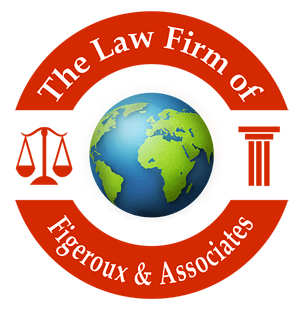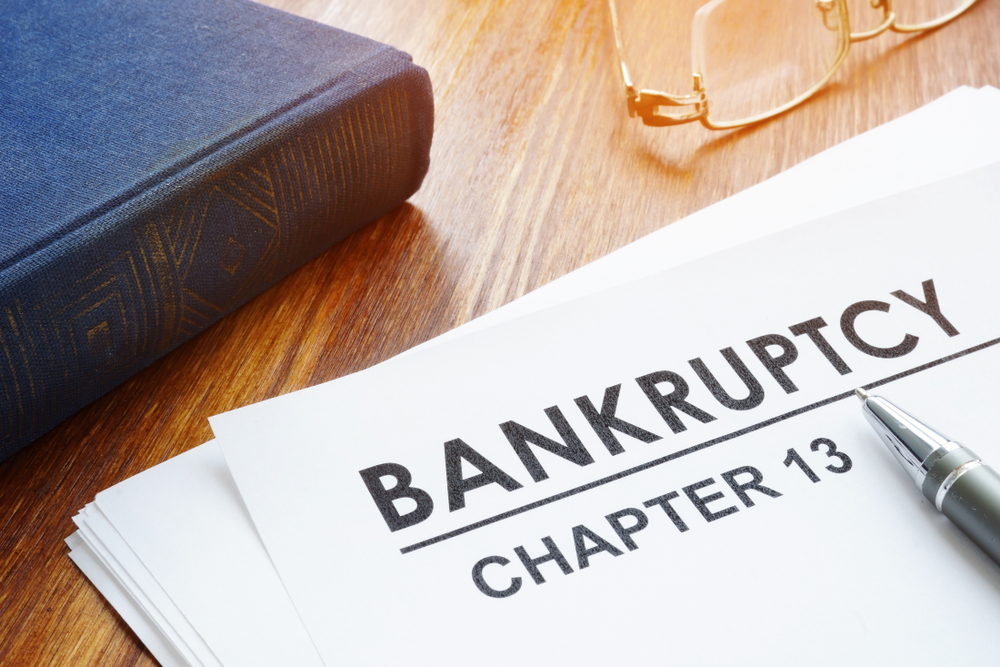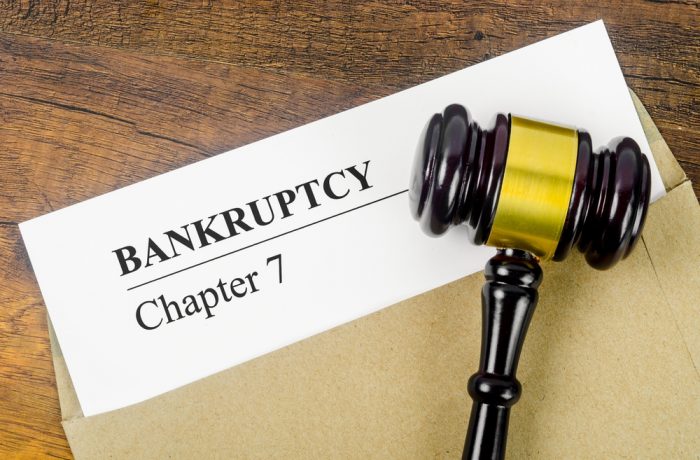Editorial Credit: Vitalii Vodolazskyi / shutterstock.com
If you’re a small business owner in New York grappling with insurmountable debt, missed payrolls, or unpaid suppliers, you may be considering bankruptcy as a way to manage your financial crisis. Choosing the right type of bankruptcy—Chapter 13 or Chapter 11—can make all the difference in how effectively you navigate financial distress. This guide will explore both options, providing insight into which might be best for your small business.
Small Business Bankruptcy: An Overview
Bankruptcy is a legal process designed to help businesses and individuals manage and eliminate debt. For small business owners in New York, filing for bankruptcy can provide a fresh start or a chance to restructure debts while continuing operations. The most common types of bankruptcy filings for small businesses are Chapter 13 and Chapter 11, each offering unique benefits and drawbacks.
What is Chapter 13 Bankruptcy?
Chapter 13 bankruptcy is often referred to as a “wage earner’s plan.” It allows individuals, including sole proprietors, to reorganize their debts and establish a repayment plan that spans three to five years. Chapter 13 is specifically designed for individuals rather than corporations or LLCs. Therefore, it is typically best suited for sole proprietors whose business debts are intermingled with personal debts.
Benefits of Chapter 13 Bankruptcy for Small Business Owners in New York:
- Debt Repayment Flexibility: Debtors can reorganize and pay off debt over an extended period based on disposable income, allowing the business to stay operational.
- Protection from Creditors: Once you file for Chapter 13, an automatic stay is imposed, halting all collection efforts, including lawsuits, garnishments, and creditor harassment.
- Retention of Business Assets: Chapter 13 allows you to retain all assets, including business equipment and real estate, which can be critical for continued operations.
Drawbacks of Chapter 13 Bankruptcy:
- Eligibility Limitations: Chapter 13 has debt limits that may exclude businesses with large debts from filing.
- Strict Repayment Plans: The structured repayment plan may not provide the flexibility needed for businesses experiencing unpredictable cash flow.
What is Chapter 11 Bankruptcy?
Chapter 11 bankruptcy, also known as “reorganization bankruptcy,” is typically used by corporations, partnerships, and limited liability companies (LLCs). However, small businesses can also utilize Chapter 11 if they need a more flexible restructuring option than Chapter 13 allows. Chapter 11 allows the debtor to propose a reorganization plan to keep the business running while repaying creditors over time.
Benefits of Chapter 11 Bankruptcy for Small Business Owners in New York:
- Flexibility in Debt Restructuring: Chapter 11 provides flexibility in developing a plan that suits the unique needs of your business, including modifying terms of loans and leases.
- Continued Operations: Unlike Chapter 7 liquidation, Chapter 11 allows the business to continue operations and potentially return to profitability.
- No Debt Limits: Unlike Chapter 13, Chapter 11 has no debt limits, making it suitable for businesses with significant debt obligations.
Drawbacks of Chapter 11 Bankruptcy:
- High Costs and Complexity: Filing for Chapter 11 can be expensive and complex, often requiring extensive legal and financial expertise.
- Extended Timeline: Chapter 11 cases can take several months or even years to complete, which may strain business operations.
Key Differences Between Chapter 13 and Chapter 11 Bankruptcy for Small Businesses in New York
| Aspect | Chapter 13 | Chapter 11 |
|---|---|---|
| Eligibility | Individuals and sole proprietors with debts within set limits | All business entities, no debt limits |
| Operation Continuation | Allows business operations to continue during repayment plan | Allows business operations to continue with more control over reorganization |
| Cost | Generally less expensive and quicker to complete | More costly and complex; requires legal and financial planning |
| Flexibility | Less flexibility in repayment plan | High flexibility in restructuring debts and operations |
| Debt Discharge | Debts not paid in full are discharged after repayment plan completion | Can discharge debts through reorganization plan approval |
How to File for Chapter 13 or Chapter 11 Bankruptcy in New York
Filing for bankruptcy in New York involves several critical steps, regardless of whether you opt for Chapter 13 or Chapter 11:
- Consult a Bankruptcy Attorney: Engaging a bankruptcy attorney experienced in New York business bankruptcies is essential. They will help you understand the best options for your unique financial situation.
- Prepare Required Documents: Gather all necessary financial documentation, including income statements, balance sheets, tax returns, and a comprehensive list of debts and creditors.
- File a Bankruptcy Petition: File your bankruptcy petition with the U.S. Bankruptcy Court in New York. The type of petition will depend on whether you are filing for Chapter 13 or Chapter 11.
- Develop a Repayment or Reorganization Plan: For Chapter 13, you must submit a proposed repayment plan. For Chapter 11, you’ll develop a detailed reorganization plan to be approved by creditors and the court.
- Attend Court Hearings and Meetings: Attend the mandatory 341 Meeting of Creditors and other court hearings to discuss your case and the proposed plan.
- Implement the Plan: Once the court approves your plan, you must adhere to its terms and make regular payments to creditors as outlined.
Choosing Between Chapter 13 and Chapter 11 for Your Small Business in New York
The decision between filing for Chapter 13 or Chapter 11 bankruptcy as a small business owner in New York depends on various factors, including the structure of your business, the amount of debt, and your goals for the future. Chapter 13 may be more suitable for sole proprietors with modest debts looking to manage personal and business finances under one umbrella. Chapter 11, on the other hand, offers more comprehensive solutions for larger businesses or those seeking extensive reorganization.
Final Thoughts
Navigating bankruptcy can be daunting, but understanding your options is crucial for making the right choice. Whether you opt for Chapter 13 or Chapter 11 bankruptcy, consulting with a knowledgeable bankruptcy attorney in New York will ensure you make informed decisions that best serve your business’s needs and future success.
By exploring the benefits, drawbacks, and processes involved in Chapter 13 vs. Chapter 11 bankruptcy, New York small business owners can strategically approach financial distress and work toward a viable solution that protects their business and personal assets.
Bankruptcy is not the end; it’s a new beginning. Allow yourself to have a fresh start. Contact the Bankruptcy Law Firm of Figeroux & Associates today. Call 855-768-8845 or visit www.askthelawyer.us to book a consultation. The lawyer you hire does make a difference !





